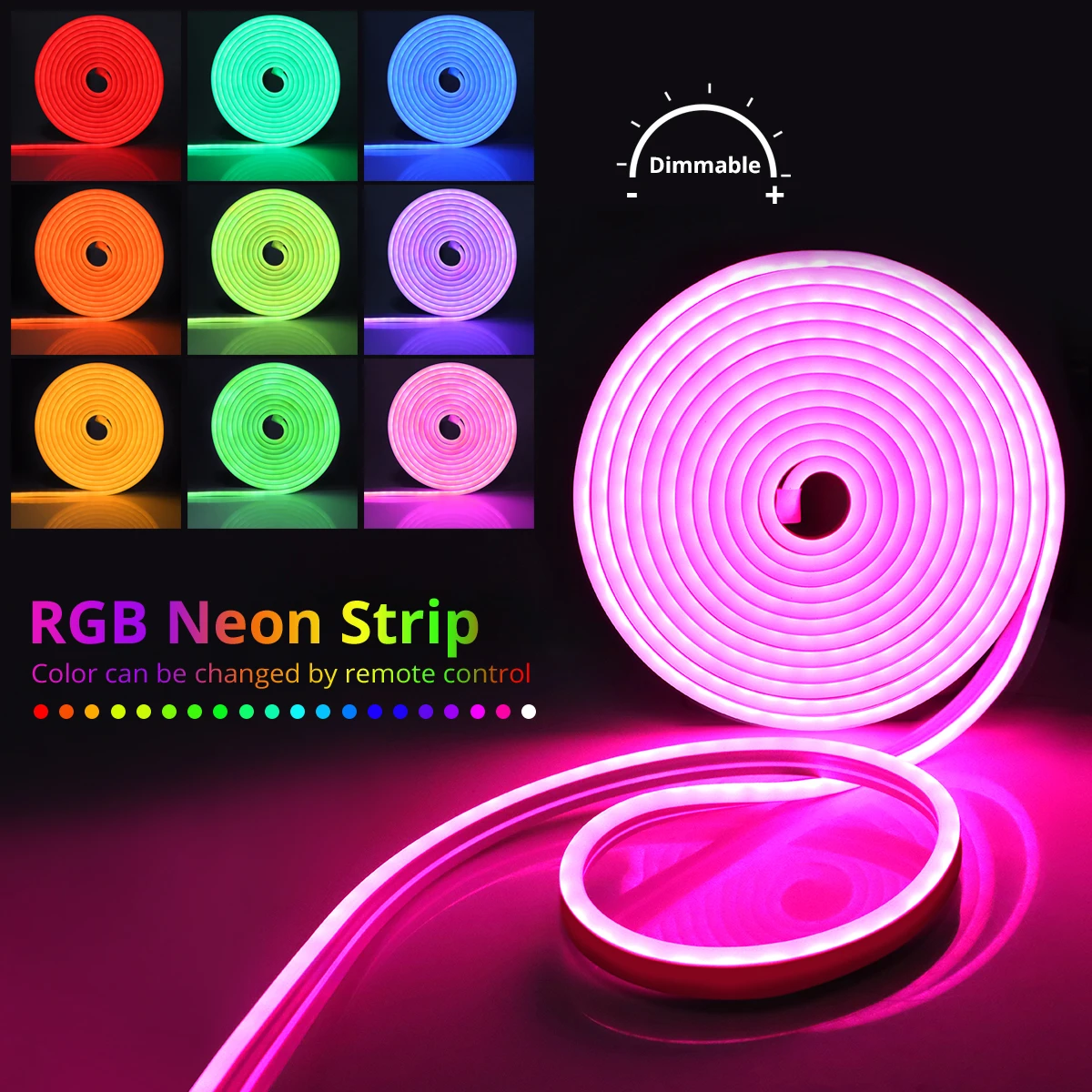LED Lichter’ Energiewirtschaft, Haltbarkeit, und Anpassungsfähigkeit haben das Beleuchtungsgeschäft völlig verändert. Dimmbarkeit ist eine Eigenschaft, die viele LED-Leuchten besitzen, So können Benutzer die Helligkeitsstufen entsprechend ihren Anforderungen und Vorlieben ändern. But not all LED lights are made equal, and there are a number of variables that affect whether an LED light can be muted. We’ll go into the technology underlying LED light dimmability, compatibility issues, and how to tell if a particular LED light can be dimmed in this extensive guide.
Comprehending Dimmable Light Emitting Technology
LED lights that can be dimmed function differently than those that cannot be dimmed. Dimmable LED lights have extra components that allow them to change their brightness levels in response to control signals, whereas regular LED lights are made to function at maximum brightness when attached to a constant voltage power supply.
Analog dimming, often known as pulse width modulation, or PWM, is the main technology used in dimmable LED lights. PWM dimming controls the average light output by quickly turning the LED on and off at different duty cycles. The purpose of analog dimming is to continually change the LED’s voltage or current to reach the desired brightness level.
Considering Compatibility
Even though a lot of LED lights have a dimmable label, not all control systems or dimmer switches work with them. The following variables affect dimmers’ and LED lights’ compatibility:
Dimmer Type: A variety of dimmer switches are available, such as digital dimmers, universal dimmers, and leading-edge (trailing-edge) dimmers. The dimmer type must be compatible with the LED light since each kind has requirements for compatibility.
LED Driver Compatibility: For dimmable LED lights to work properly with dimmer switches, they need to be powered by compatible LED drivers or power supplies. The LED driver needs to be able to dim and work with the control signal from the dimmer.
Certain dimmer switches have minimum load requirements, which means that if the associated LED load is less than a specific wattage, they might not function correctly. Making sure the LED load satisfies or beyond the dimmer’s minimum load requirements is crucial.
Dimming Range: The range of dimming available for dimmable LED lights varies. Some might have a more constrained dimming range, while others might drop smoothly from 100% brightness down to 10% or less. When choosing dimmer switches and LED lights, take into account the desired dimming range.
How to Assess Dimmability
It’s important to make sure LED lights you buy are dimmable and work with the control systems or dimmer switches you already have. To ascertain whether LED lights are dimmable, follow these steps:
Examine the Product Labeling: A lot of LED lights have the word “dimmable” printed on the box or in the product specifications. When choosing LED lights for dimming applications, keep an eye out for this indicator.
Review the Documentation from the Manufacturer: To verify dimming compatibility and requirements, review the manufacturer’s literature, such as product datasheets or user manuals. Look for details on the dimming range, compatible dimmer switches, and any installation or wiring instructions that may be particular.
Check Compatibility: Before finishing the installation, if you are not sure if the LED lights will work with your current dimmer switches, think about checking them out. To make sure the dimmer switch works smoothly and is compatible, connect a sample LED light to it and watch how it dims.
Dimmable LED Lights’ Benefits
Dimmable LED lights are a popular option for lighting applications in residential, commercial, and architectural settings because they provide a number of advantages.
Flexible Lighting Control: Users can change the brightness levels of dimmable LED lights based on the time of day, the demands of a task, or their preferred mood. This adaptability improves ambience, productivity, and comfort in a variety of environments.
Energy Savings: LED lights that are dimmed use less energy and last longer. When full brightness is not required, consumers can reduce their electricity bills and save energy by reducing the lights.
Enhanced Visual Comfort: In situations when strong illumination is not necessary, dimming LED lights can help lessen glare and eye strain. You can increase productivity and visual comfort by adjusting the brightness settings to correspond with particular tasks or activities.
Zusammenfassend
There are many of options for anyone looking for flexible lighting solutions, even though not all LED lights can be dimmed. Users may choose the best products for their needs by being aware of compatibility issues, the technology underlying dimmable LED lights, and how to measure dimmability. Dimmable LED lights provide better visual comfort, energy savings, and flexible lighting management for a variety of applications, including residential, commercial, and architectural. Users can design unique lighting environments that suit their needs and tastes by selecting dimmable LED lights that work with appropriate dimmer switches or control systems.
